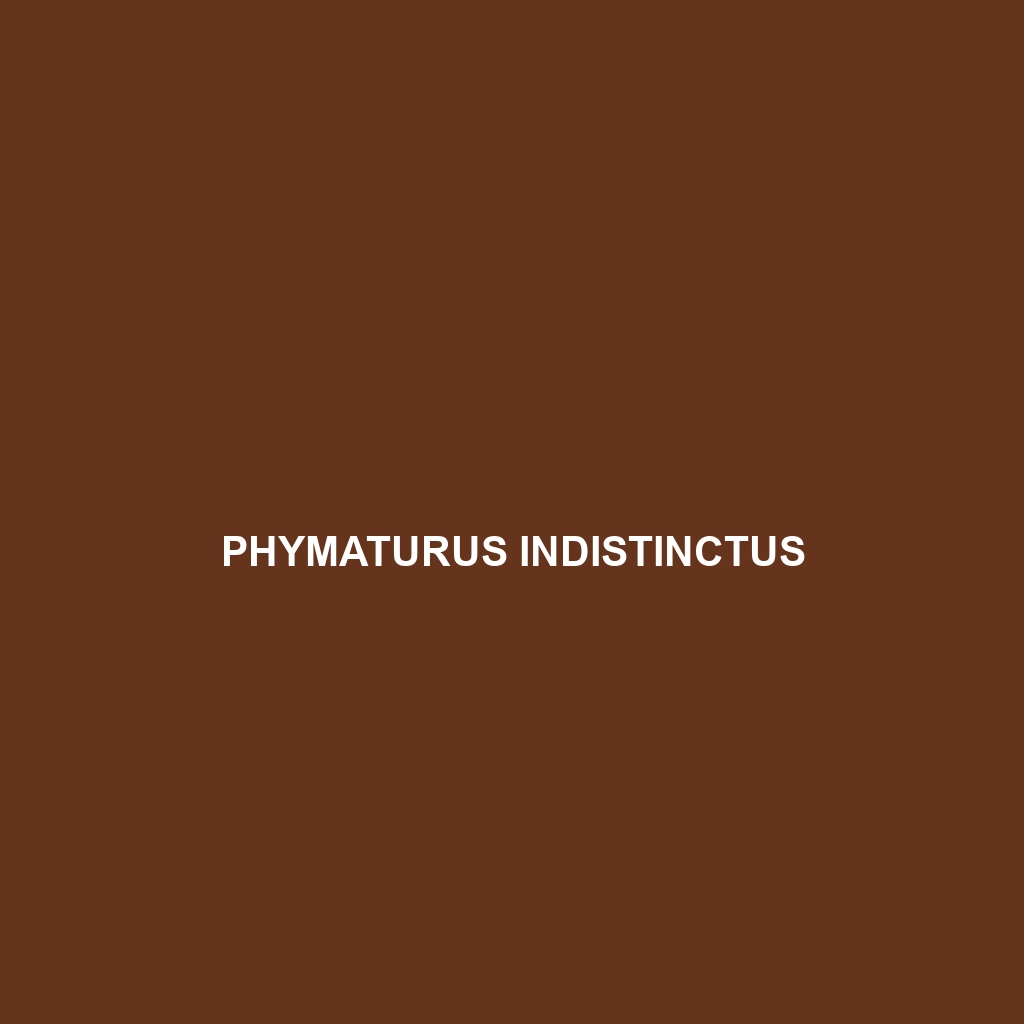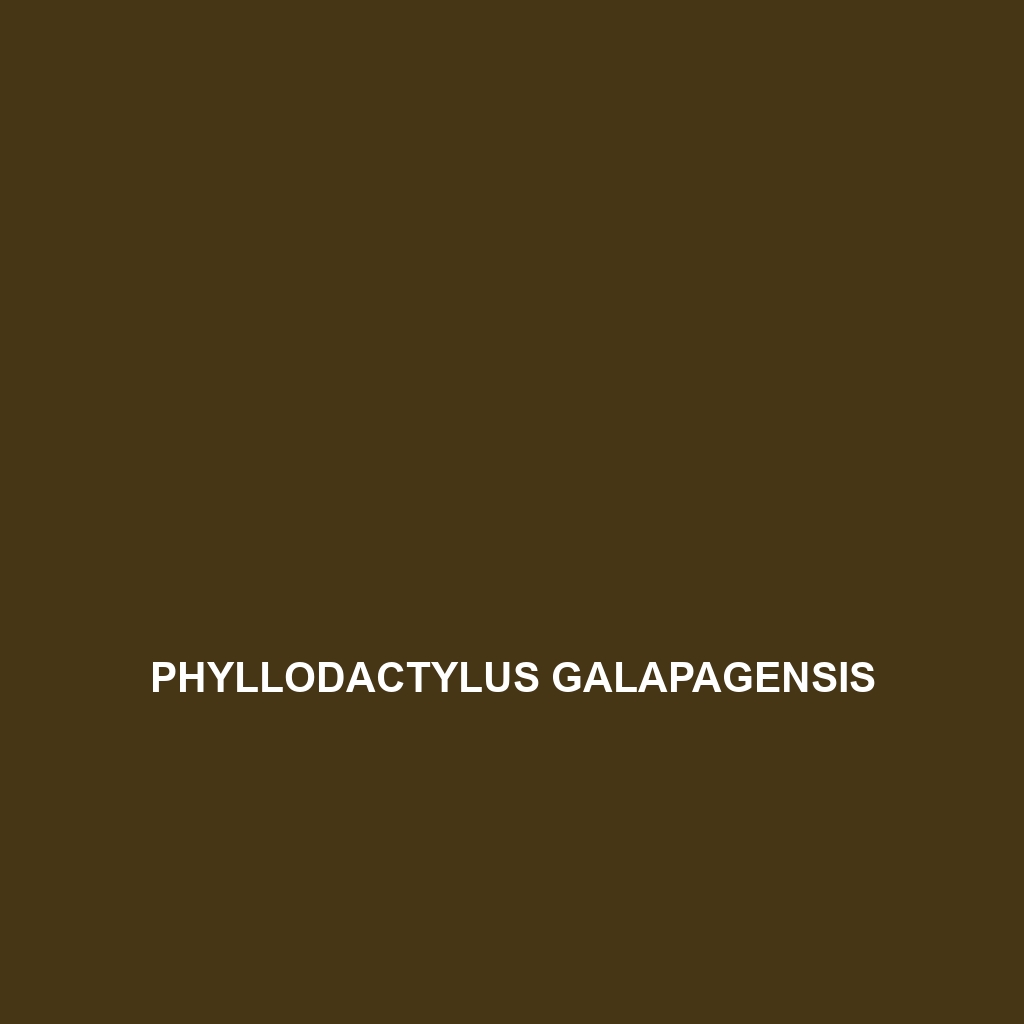<p><b>Phymaturus patagonicus</b>, also known as the Patagonian lizard, is a robust, insectivorous reptile native to the arid regions of Patagonia, Argentina. Measuring 15 to 25 centimeters, it features distinctive coloration for camouflage, exhibits fascinating territorial behaviors, and plays a vital ecological role by controlling insect populations and serving as prey for birds of prey.</p>
Tag: rocky habitats
Phymaturus palluma
<strong>Phymaturus palluma</strong> is a medium-sized lizard, reaching up to 25 cm, found in the temperate forests and shrublands of Argentina and Chile. Known for its robust body, distinctive spiny texture, and insectivorous diet, it plays a vital role in its ecosystem by controlling insect populations and serving as prey for larger animals.
Phymaturus indistinctus
<p><b>Phymaturus indistinctus</b> is a resilient lizard native to the rocky shrublands of southern South America, characterized by its robust body, diurnal behavior, and a diverse diet of insects and plant material. Currently classified as vulnerable, this species plays a vital role in its ecosystem, balancing populations of small invertebrates while adapting uniquely to its arid environment.</p>
Phymaturus fiambala
Discover the Phymaturus fiambala, a unique lizard from Argentina's Fiambalá Valley, known for its robust body, distinctive gray to brown coloration, and diurnal behavior. This omnivorous species thrives in rocky habitats and plays a crucial role in its ecosystem, contributing to seed dispersal and pest regulation while currently facing vulnerabilities due to habitat destruction.
Phymaturus felixi
<b>Phymaturus felixi</b> is a unique, small lizard native to the rocky terrains of Patagonia, Argentina, distinguished by its earthy coloration and patterned skin that provides effective camouflage. Primarily insectivorous, this species plays a crucial role in its ecosystem by controlling pest populations while facing vulnerabilities due to habitat loss and environmental changes.
Phymaturus ceii
The Phymaturus ceii, a medium-sized lizard native to the rocky, arid regions of Argentina's Patagonian steppe, showcases a robust body and remarkable camouflage, thriving as an insectivore in its semi-arid habitat while playing a crucial role in the local ecosystem. Currently classified as vulnerable, conservation efforts are essential to protect this unique species from habitat loss and fragmentation.
Phymaturus aguanegra
<b>Phymaturus aguanegra</b>, a medium-sized lizard native to the temperate forests and rocky outcrops of Patagonia, showcases a robust body with deep gray or black coloration, aiding its camouflage in harsh, arid climates. This insectivorous species is primarily diurnal, exhibiting distinctive territorial behaviors during mating season, while facing threats from habitat loss, leading to its vulnerable conservation status.
Phyllodactylus galapagensis
The Galápagos Gecko (Phyllodactylus galapagensis) is a small, nocturnal lizard found in the diverse habitats of the Galápagos Islands, characterized by its light brown or gray skin, enlarged toe pads for climbing, and a diet primarily consisting of insects. This species plays a vital role in its ecosystem by regulating insect populations and serving as prey for larger predators.
Pachydactylus vansoni
Discover the fascinating Pachydactylus vansoni, a slender nocturnal gecko from Southern Africa, known for its impressive climbing abilities and distinctive bulbous toe pads. Thriving in rocky outcrops and arid landscapes, this insectivorous species plays a vital role in maintaining ecological balance by controlling insect populations.
Omanosaura jayakari
Discover the unique Omanosaura jayakari, a vulnerable lizard species found in the Himalayan foothills of Oman, characterized by its elongated body, vibrant coloration for effective camouflage, and vital role as an insect predator in its ecosystem. These diurnal lizards display fascinating social behaviors and thrive in semi-arid climates, making them a captivating addition to any reptile enthusiast's collection.









